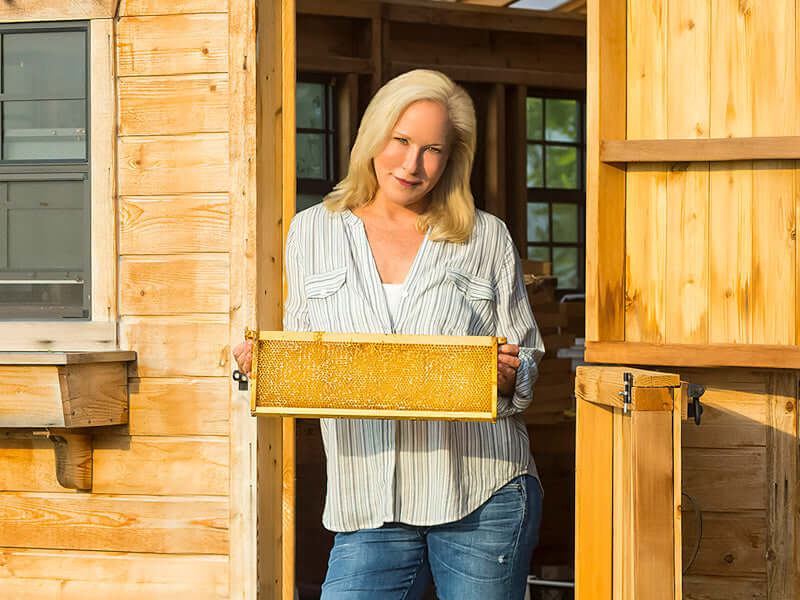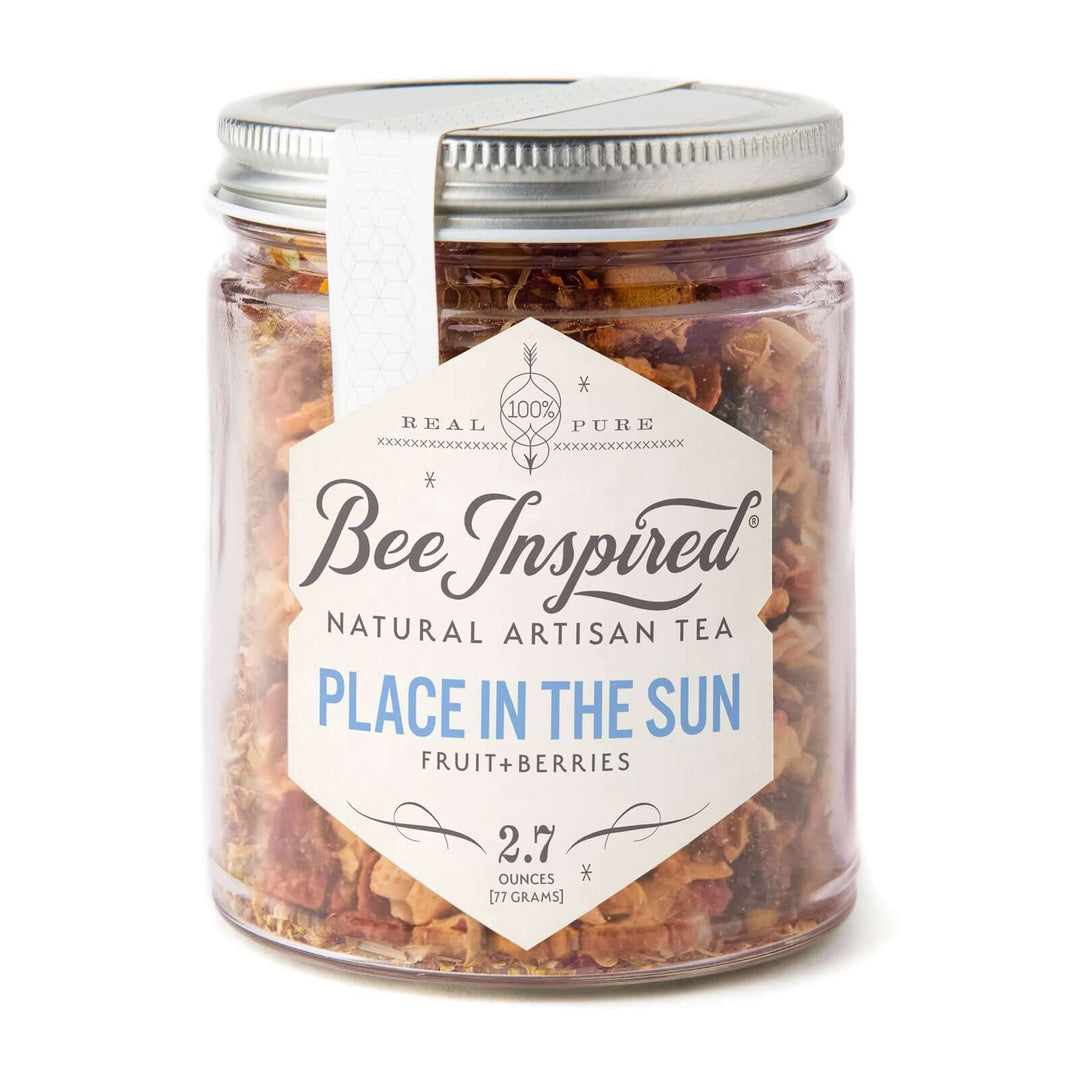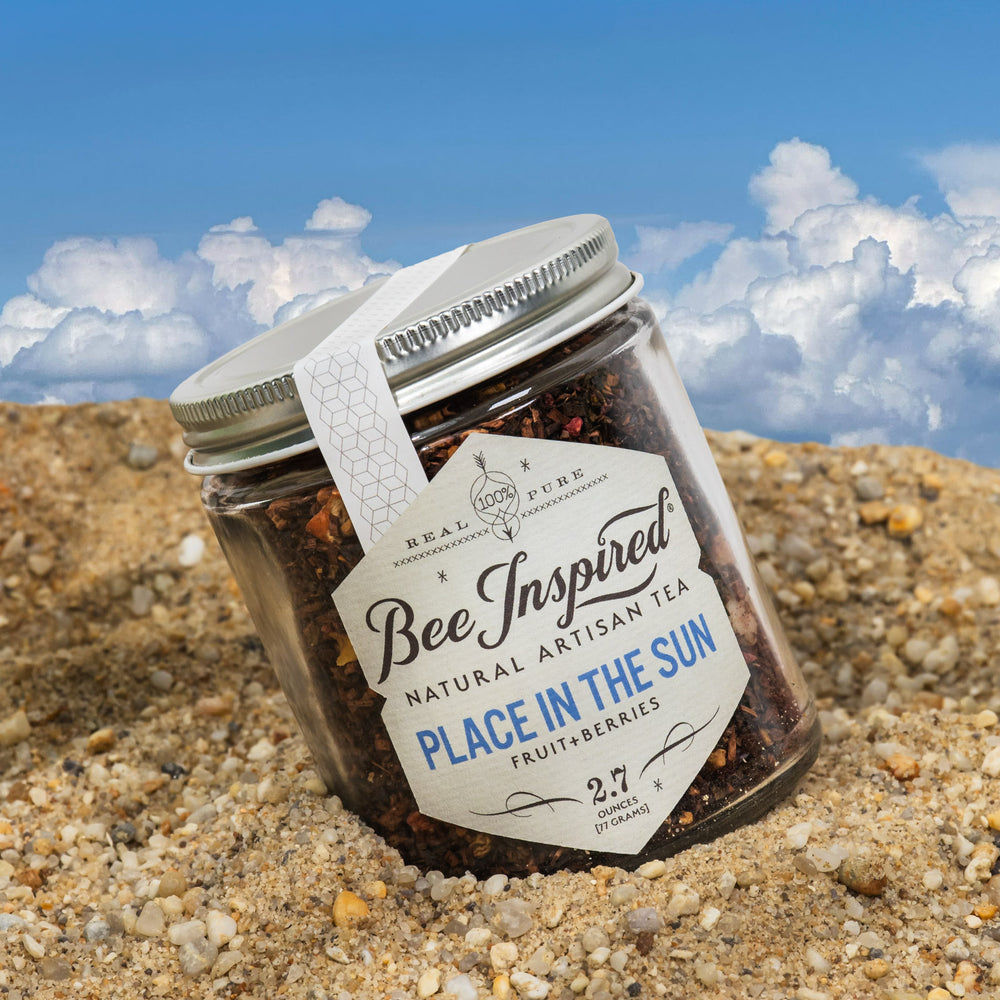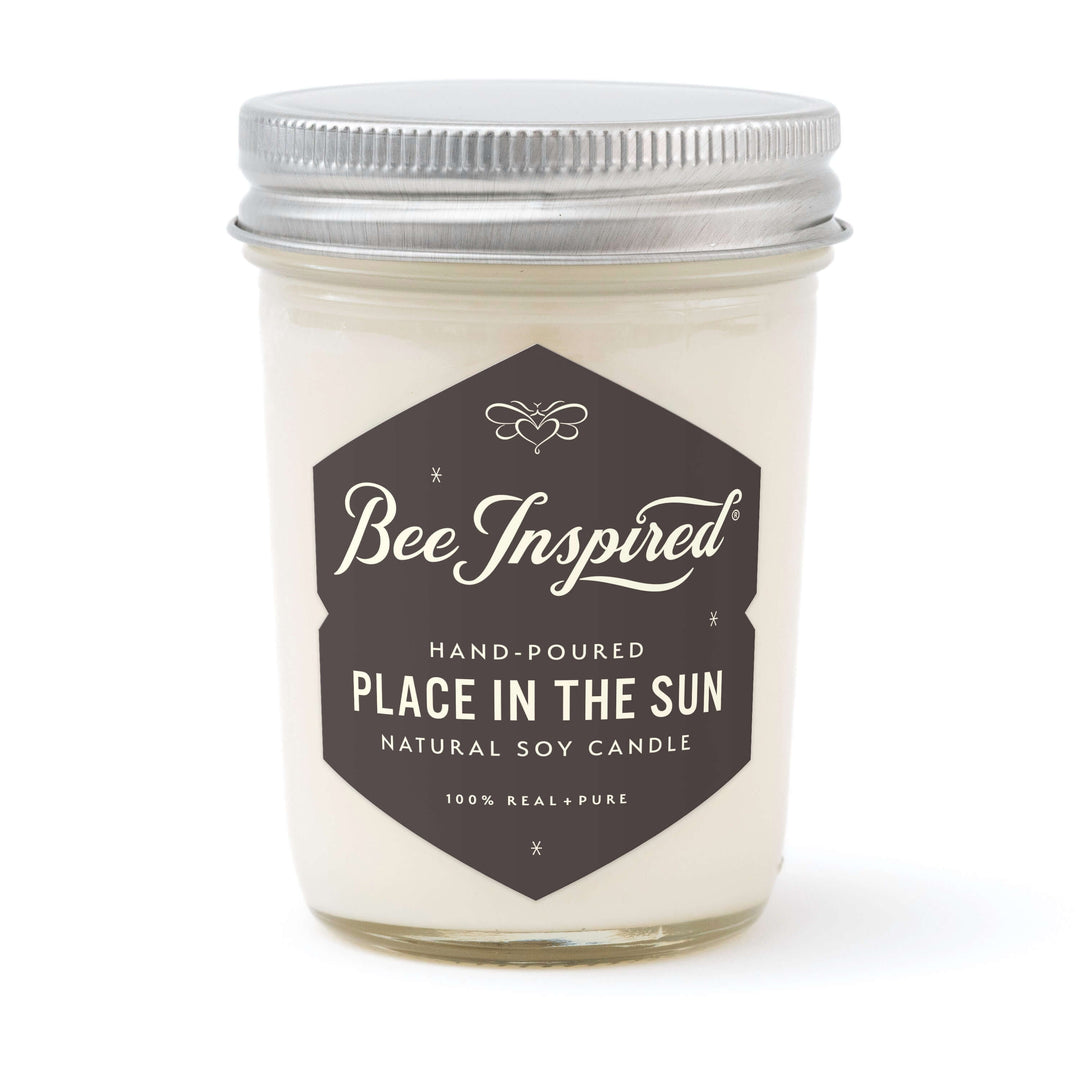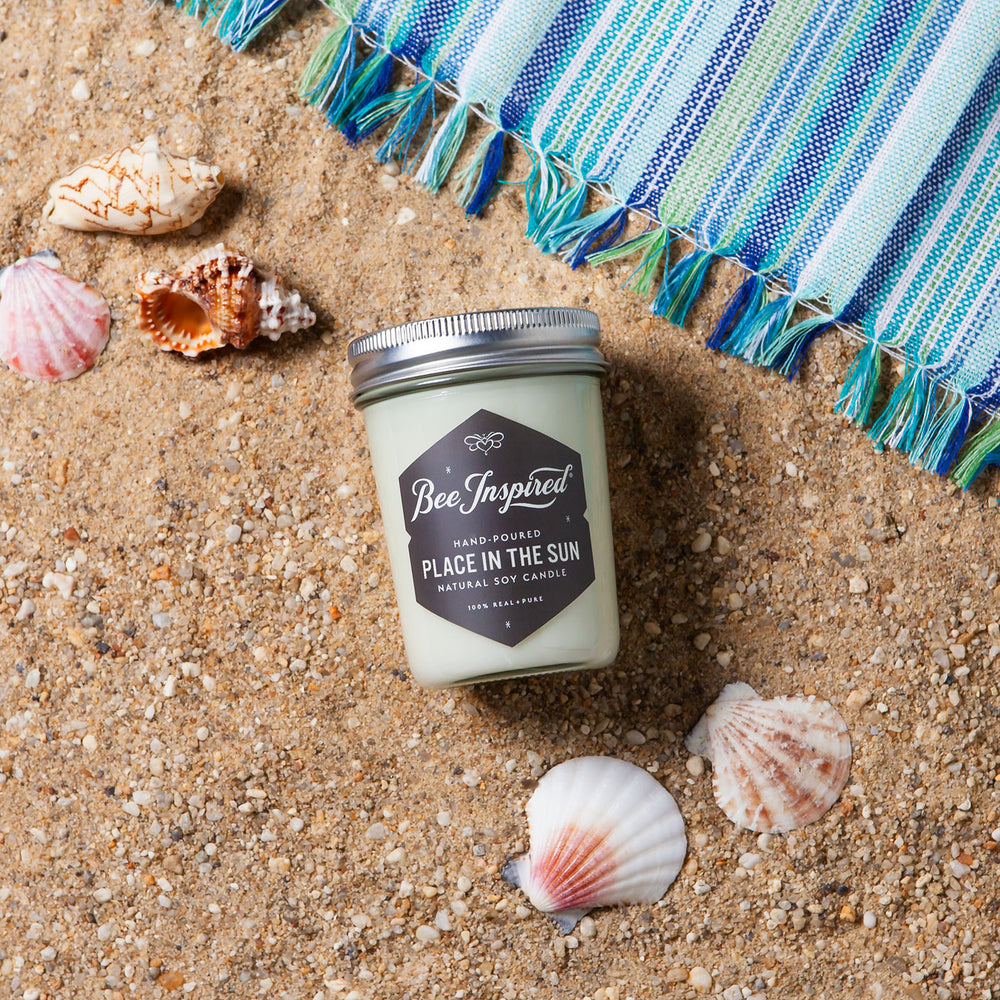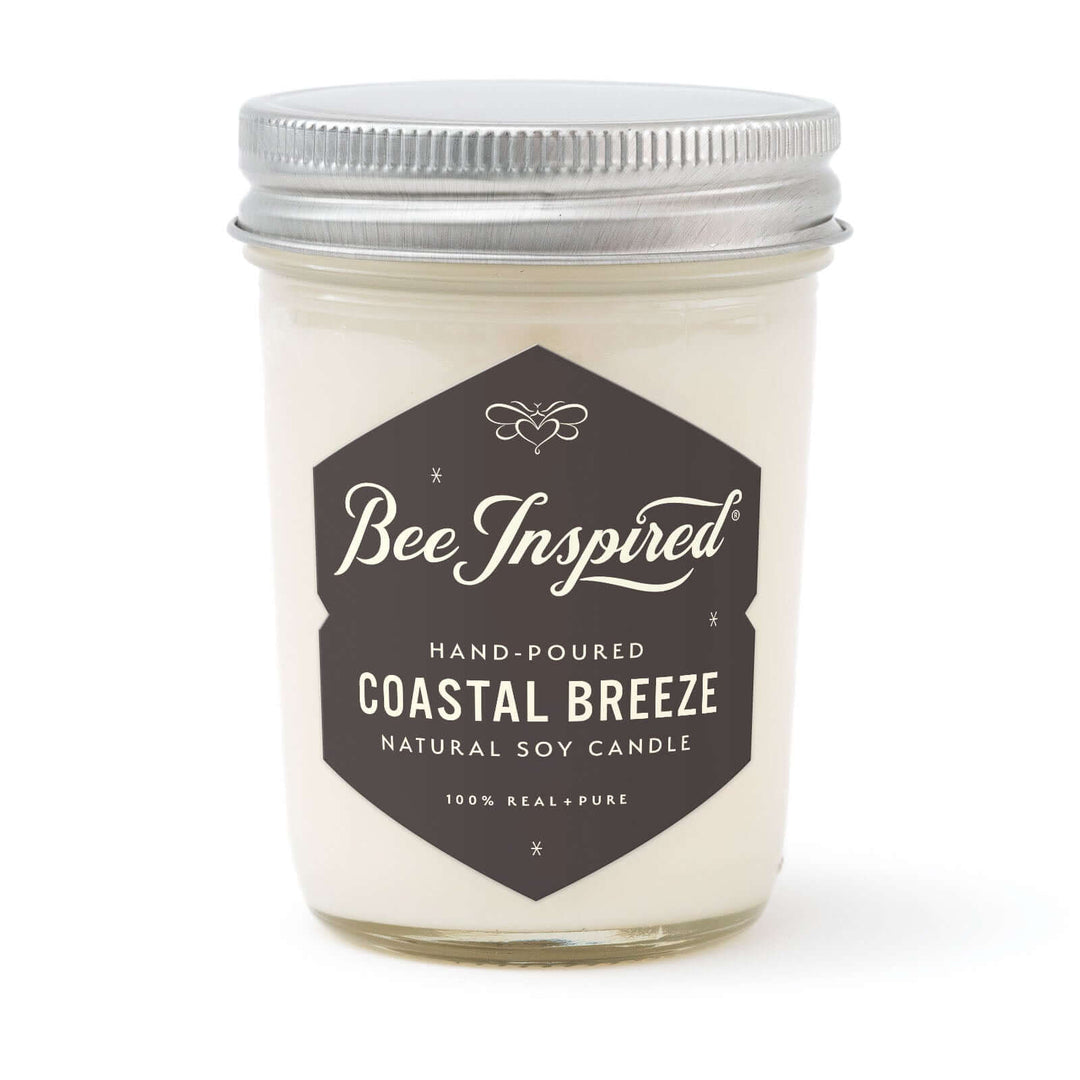Honey bees have always captivated the human imagination. From ancient myths to modern-day superstition, these remarkable insects carry a cultural significance as rich as the golden raw honey they produce. For beekeepers, environmentalists, nature enthusiasts, and curious minds alike, honey bees hold a treasure trove of fascinating stories and essential truths about our natural world.
Honey is a great alternative for sugar in recipes. Try our American Chop Suey with honey!
Whether you’re intrigued by their role as mythical messengers or fascinated by modern facts about honey, this blog will highlight some of the most interesting myths, lore, and truths surrounding honey bees and their sweet creations.
Introduction to Honey Bees
Honey bees (Apis mellifera) are one of the most fascinating and important insects on the planet. These social bees are renowned for their intricate waggle dance, a unique form of communication that helps them share information about the location of nectar sources. With over 20,000 species of bees, honey bees stand out not only for their honey production but also for their critical role in pollinating a vast array of plants. This pollination is essential for the growth of many of our favorite fruits and vegetables, making honey bees indispensable to our ecosystem and food supply. In this section, we’ll delve into the world of honey bees, exploring their biology, behavior, and importance in our world.
The Lore of Bees Through History
Throughout history, civilizations worldwide have assigned bees symbolic and spiritual meaning. From Celtic legends to Mayan mythology, bees have buzzed their way into stories, traditions, and beliefs.
Celtic Mythology
For the Celts, bees represented a bridge between the living and the spirit world. Here are some fascinating aspects of Celtic bee lore:
-
Messengers of the Afterlife: Bees were believed to carry messages between the living and the dead and were thought to possess wisdom from the spirits.
-
Signs of Fate: A bee hovering over someone’s head or landing on their hair foretold impending death.
-
"Telling the Bees": Families shared important events, such as births or deaths, with their bees by “telling the bees” to keep them informed. This practice was believed to bring good fortune and protect against additional losses.

Cleopatra used honey skincare - try our Original Honey Body Scrub for amazing skin!
Other Ancient Cultures
The importance of bees across different civilizations also highlights their symbolic power:
-
Egyptian Mythology: Bees symbolized life, rebirth, and resurrection due to their role in pollination and honey production.
-
Greek and Roman Traditions: Bees were associated with fertility and the underworld, possibly owing to their intricate colony dynamics and life-giving properties.
-
Mayan Lore: Ah-Muzen-Cab, the Mayan god of bees and honey, protected beekeeping as an important cultural and spiritual practice in Mayan society.
-
Native American Cautionary Tales: Bees often appeared in traditional literature as symbols of balance with nature, warning against the dangers of disrespecting the environment.
-
Islamic Beliefs: Surah An-Nahl, or "The Bee," gives bees an elevated status in the Qur'an as a symbol of divine inspiration and guidance.
The Queen Bee
The queen bee is the heart of the hive, the largest bee in the colony, marked by a specific color each year by a dot on her back-- and the only fertile female. Her primary role is to lay eggs, ensuring the colony’s growth and continuity. A queen bee can lay up to 2,000 eggs per day during peak seasons, a testament to her vital role in the hive’s survival. Unlike worker bees, which live for just 4-6 weeks during the summer, the queen bee can live for up to 5 years. Her pheromones are crucial, regulating the behavior and activities of the worker bees, maintaining the social structure, and ensuring harmony within the hive. If the queen bee dies or is removed, the colony can quickly descend into chaos, underscoring her importance to the hive’s stability and success.
Busting Myths About Honey

Did you know that honey has been used as medicine for centuries?
It’s not just bees themselves that capture human curiosity. Honey, their delicious creation, is surrounded by myths and misconceptions. Let's debunk the most common myths and explore the truth about honey!
Myth 1: Honey Never Spoils
Truth: While honey is remarkably long-lasting, improper storage can cause it to lose its flavor and aroma. Honey easily absorbs moisture from the air, so it's best consumed fresh or stored in a tightly sealed container. Historical discoveries, like ancient honey found in Egyptian tombs, prove its amazing shelf life—if stored properly.
Myth 2: Crystallized Honey Is Spoiled
Truth: Crystallization, or granulation, is a natural process caused by honey's high sugar content. It doesn’t mean the honey has spoiled. Instead, it’s a sign of purity, and the honey is still safe (and delicious!) to eat. Simply place the jar in warm water to return it to its liquid form.
Myth 3: Darker Honey or White “Foam” Means It’s Gone Bad
Truth: Honey comes in various colors depending on the flower nectar source, region, and climate. There are many different types of honey. Darkened honey might simply be aged or exposed to heat. As for the white "foam" on top? That’s harmless air bubbles escaping during bottling—completely safe to consume!

Buckwheat and Bamboo are two of our darkest honeys - they are great for cooking and baking with honey!
Myth 4: It’s Dangerous to Use Metal Spoons with Honey
Truth: While it’s true that honey is slightly acidic, using a metal spoon to scoop honey won’t lead to corrosion or contamination. However, avoid storing metal spoons in honey for long periods.
Myth 5: All Bees Produce Honey
Truth: Of the nearly 20,000 known bee species in the world, only 5% produce edible honey. Honeybees and stingless bees are the two main species that produce honey in sufficient quantities for human harvesting. Additionally, many native bees, which are crucial local pollinators, do not produce honey but play a vital role in supporting biodiversity and plant pollination.
Honey Production
Honey production is one of nature’s most remarkable processes. Honey bees collect nectar from flowers using their long, tube-like tongues and store it in their “honey stomachs.” Once back at the hive, they pass the nectar to other bees through regurgitation. This process is repeated until the nectar’s water content is reduced. The bees then deposit the nectar into beeswax cells and fan it with their wings to further evaporate the water, transforming it into honey. It takes around 60,000 bees visiting approximately 2 million flowers to produce just one pound of honey. The flavor and color of honey vary depending on the types of flowers the bees visit, making each batch unique and delicious.

Honeycomb is where honey is stored. Did you know that you can eat honeycomb? Pair honey with cheese and try our Raw Honeycomb on a delicious honeycomb charcuterie board.
Fascinating Facts About Honey Bees
Beyond myths, honey bees are incredible creatures with extraordinary abilities that play vital roles in ecosystems. Cool bees, indeed!
-
All honey bees live in colonies where workers defend against intruders using their sting, showcasing their complex social behaviors.
-
Worker honey bees are responsible for various tasks such as foraging for pollen and nectar, feeding larvae, and regulating hive conditions. They also produce bee bread, a protein-rich food essential for developing brood and nurse bees.
-
Worker bees use their pollen basket to collect and transport pollen back to the hive.
-
Bee venom has potential therapeutic uses, with ongoing research exploring its benefits.
-
Solitary bees, which make up about 70% of bee species, have unique reproductive behaviors compared to social bees.
-
Honey bees significantly impact the pollination of vegetable crops, adding around 9% to the value of global crops.
-
The western honey bee, introduced by humans, differs from native bee species and faces challenges like colony collapse disorder.
-
Western honey bees were brought to North America by early Europeans, affecting local ecosystems.
-
Understanding the role of the worker bee is crucial to grasping the hive's hierarchy and functions.

Do you know what festooning is?
Honey is the Only Edible Food Made by an Insect
Out of the over 950,000 insect species identified worldwide, honey bees are the only ones that produce food consumed by humans. It's a testament to their unique role in nature and the human diet.
Bees Pollinate Vital Crops
Thanks to pollination, honey bees contribute to the growth of many nutrient-packed foods, such as avocados, blueberries, squash, mangoes, and various vegetable crops. This pollination adds around 9% to the value of global crops, highlighting their significant economic impact. Without bees, access to these foods would be significantly reduced.
Honey Bees Communicate Through Dance
Known as the "waggle dance," honey bees have a fascinating way of sharing information. Through movements, they tell other bees the distance and direction of good nectar sources, helping the entire colony thrive.
A Bee Colony is a Superorganism Led by a Queen Bee
Although individual bees have specific roles, they work together so seamlessly that the colony behaves as a single organism. Each bee’s task—from gathering nectar to cleaning the hive—contributes to the overall health of the group.
Honey Bees Can Recognize Landmarks
Bees remember landmarks to locate their hives with remarkable accuracy. They even associate visual markers with their nests, a skill that speaks to their intelligence and adaptation.

Our Spring Honey comes from hives on our Chesterhaven Farm
Bee Anatomy and Lifecycle
Honey bees have a complex anatomy, divided into three main parts: the head, thorax, and abdomen.
-
The Head: The head houses the brain, compound eyes, and antennae, which are essential for navigation and communication.
-
The Thorax: The thorax is the powerhouse, containing the muscles that control the wings and legs, enabling flight and movement.
-
The Abdomen: The abdomen contains the digestive and reproductive organs, as well as the stinger in worker bees. \
The lifecycle of a honey bee consists of four stages: egg, larva, pupa, and adult.
-
Egg: The queen bee lays eggs in the honeycomb cells, which hatch into larvae.
-
Larva: These larvae are fed by nurse bees and eventually spin cocoons to become pupae.
-
Pupa: During the pupa stage, the bee undergoes metamorphosis within its cocoon.
-
Adult: After metamorphosis, they emerge as adult bees, ready to take on their roles within the colony.
Worker bees, which are female, live for about 4-6 weeks during the summer, while drones, the male bees, live until they mate or are expelled from the hive in the fall.

Honey is a great natural energy source for athletes, and it can be used as pre-workout. Our Honey Sticks are great for on-the-go activities.
Beekeeping and Honey Harvesting
Beekeeping, or apiculture, is the practice of maintaining bee colonies, typically in hives, for honey production and crop pollination. Beekeepers manage the health and productivity of the colonies, ensuring the bees have enough food and are protected from pests and diseases. Honey harvesting is a meticulous process that begins with smoking the bees to calm them. Beekeepers then remove the honeycomb frames from the hive and use a centrifuge or extractor to separate the honey from the comb. This practice requires dedication, patience, and a deep understanding of bee behavior. Beekeeping is not only a rewarding hobby but also a vital profession that supports agriculture and biodiversity.
The Importance of Protecting Bees
Bees don’t just produce honey—they’re vital to food production and biodiversity. Native bees, crucial local pollinators, play a significant role in supporting biodiversity, particularly in regions like California. However, threats like habitat loss, pesticide use, and climate change have led to significant declines in bee populations. It’s more important than ever to support conservation efforts, practice sustainable beekeeping, and spread awareness about their importance.
Sweet Wisdom
From myths to modern science, honey bees never cease to amaze us with their incredible abilities and cultural significance. By better understanding these tiny pollinators and their sweet, golden creation, we can build a deeper connection with nature—and an appreciation for all they do for our world.
Want to do your part for the bees? Consider supporting local beekeepers, creating pollinator-friendly gardens, or simply choosing sustainably produced honey. Together, we can ensure that these remarkable creatures continue to inspire and thrive.






